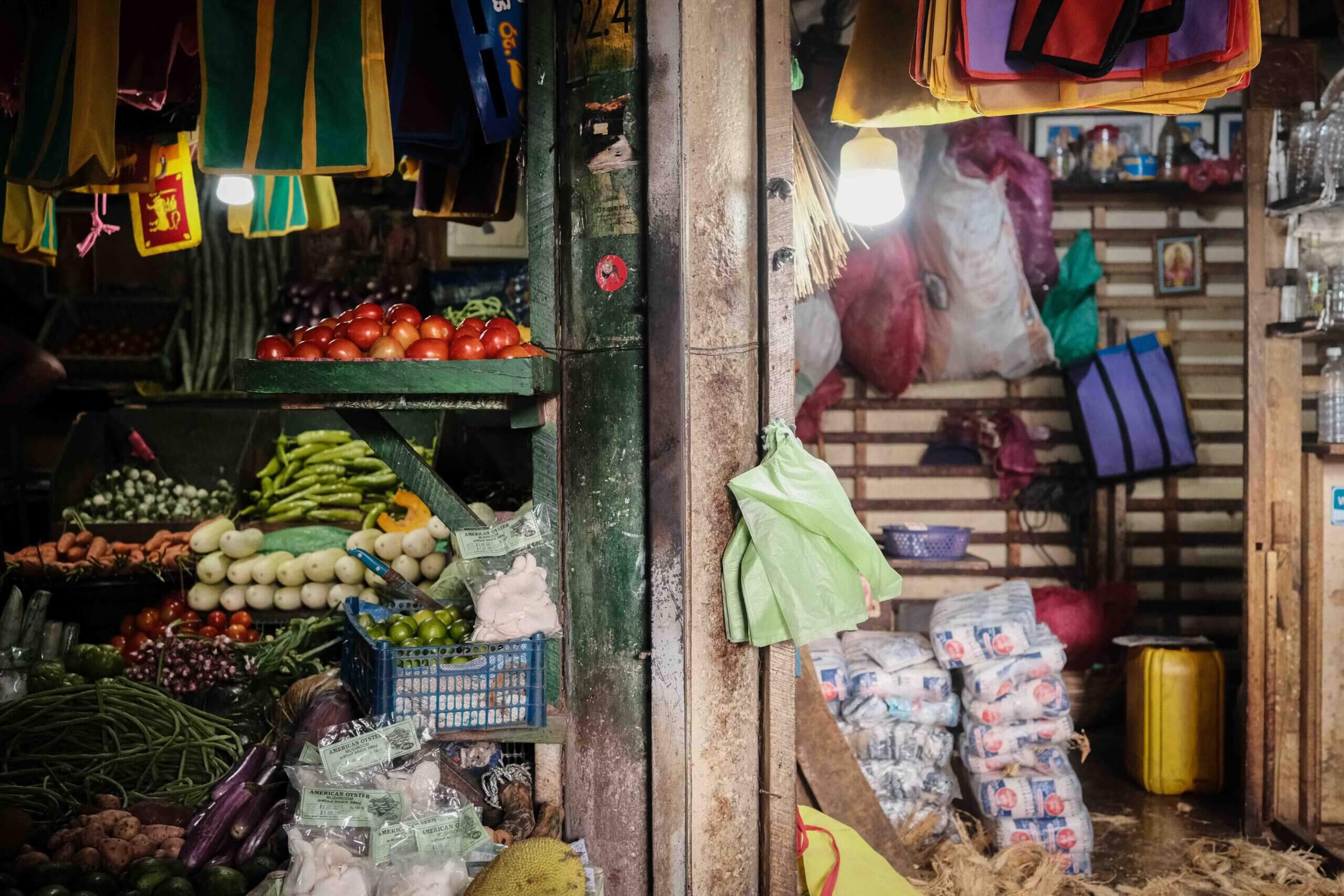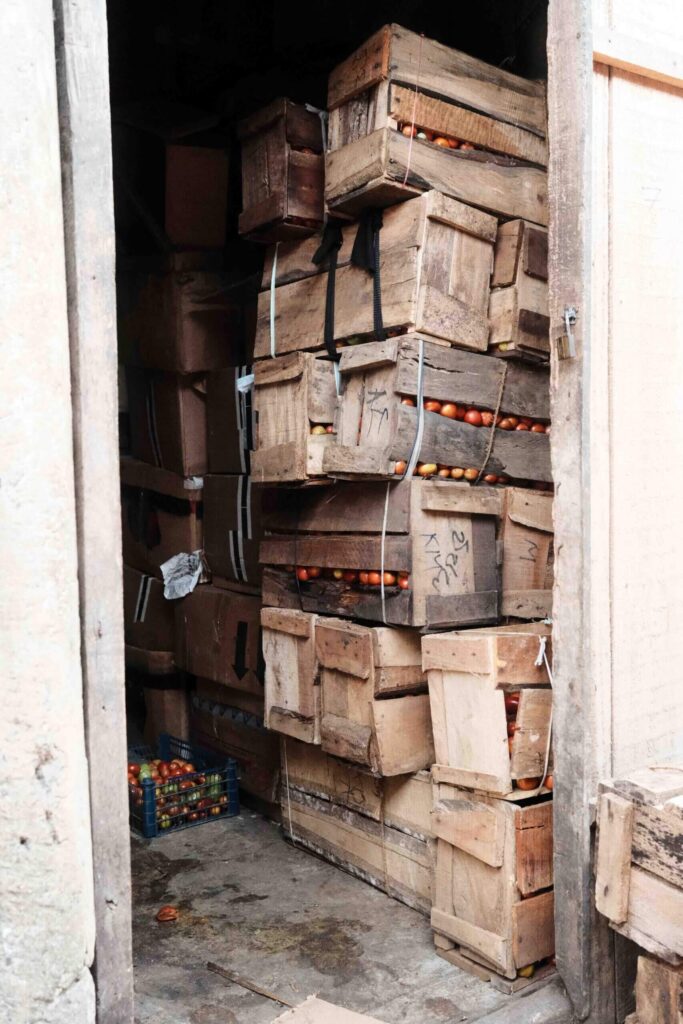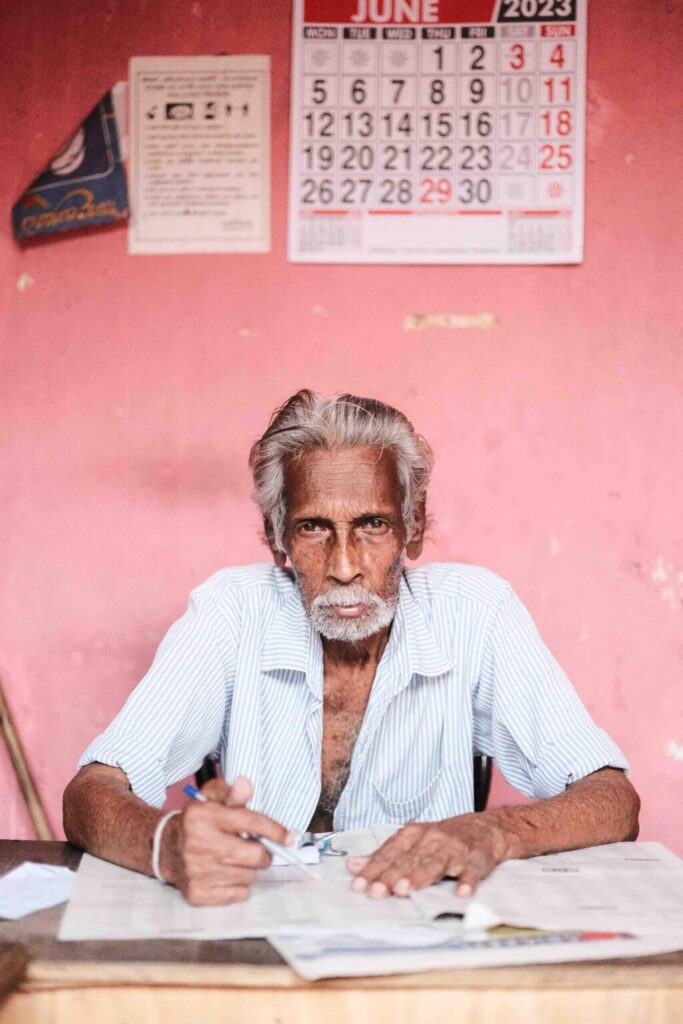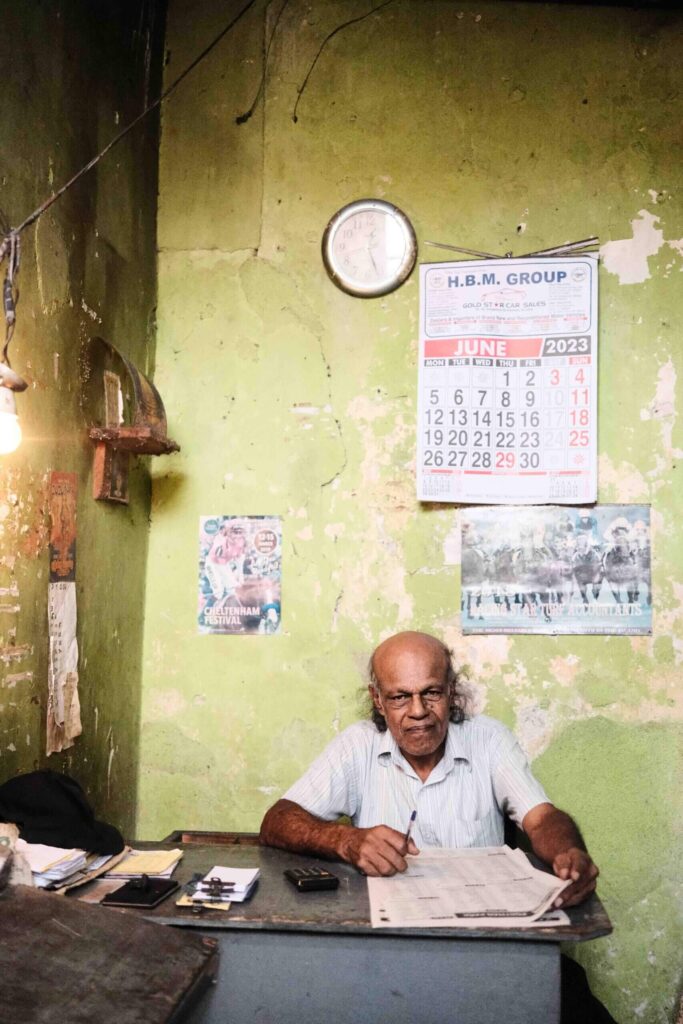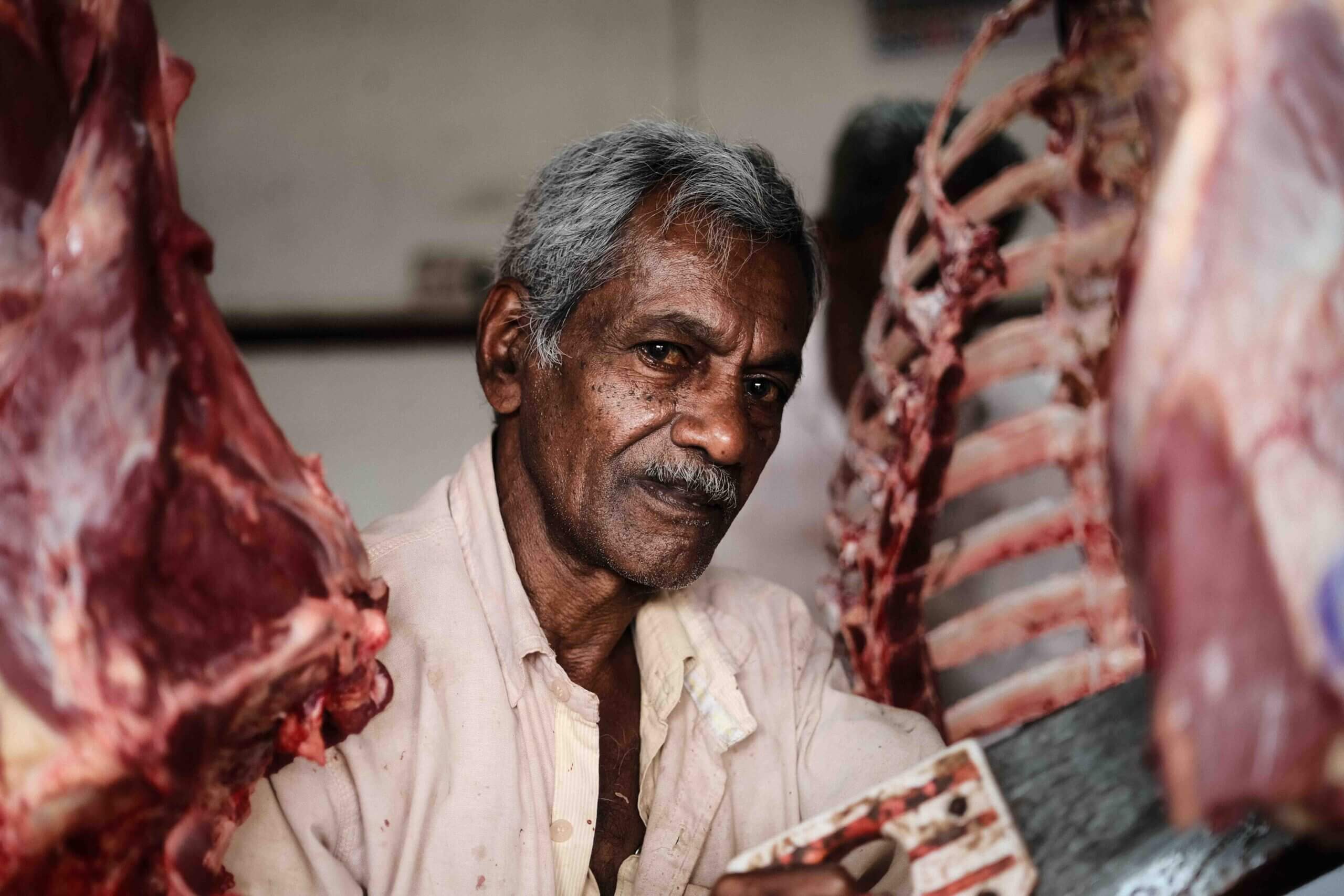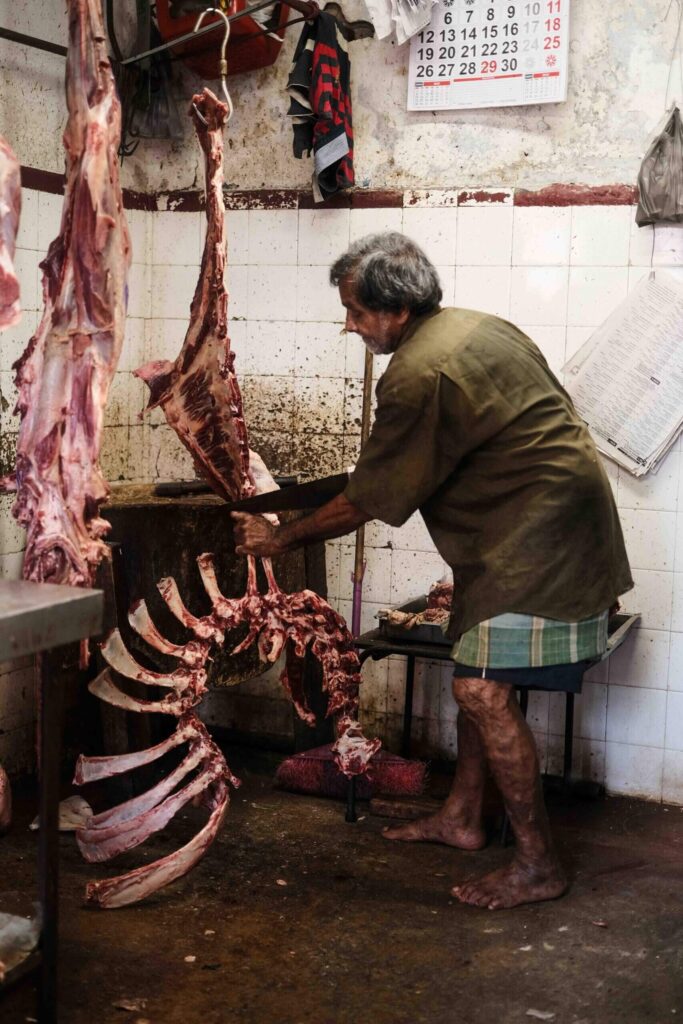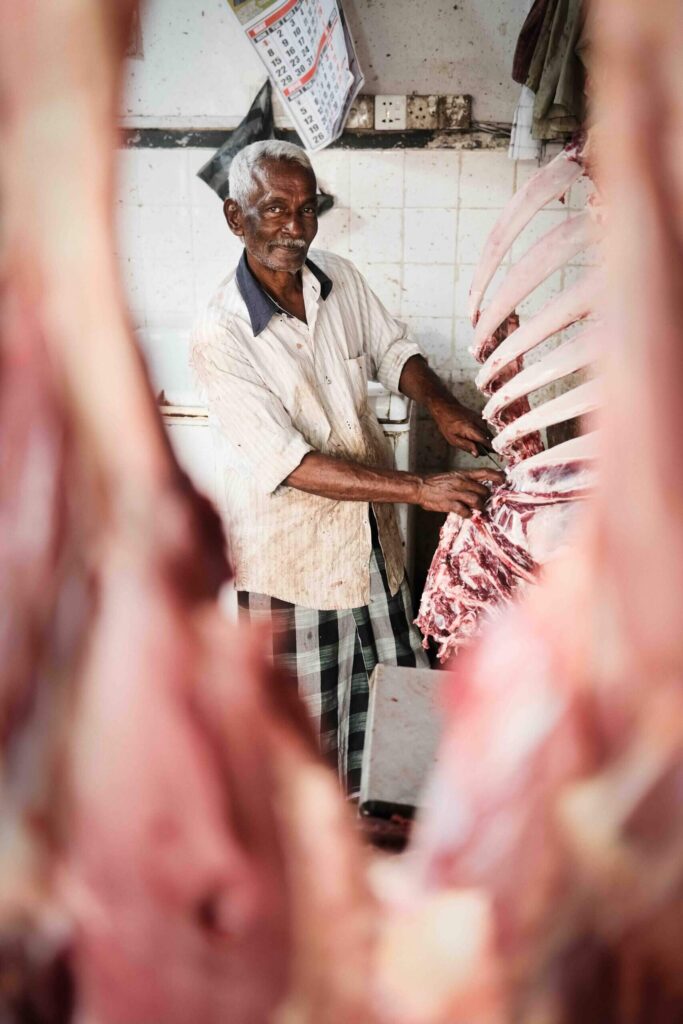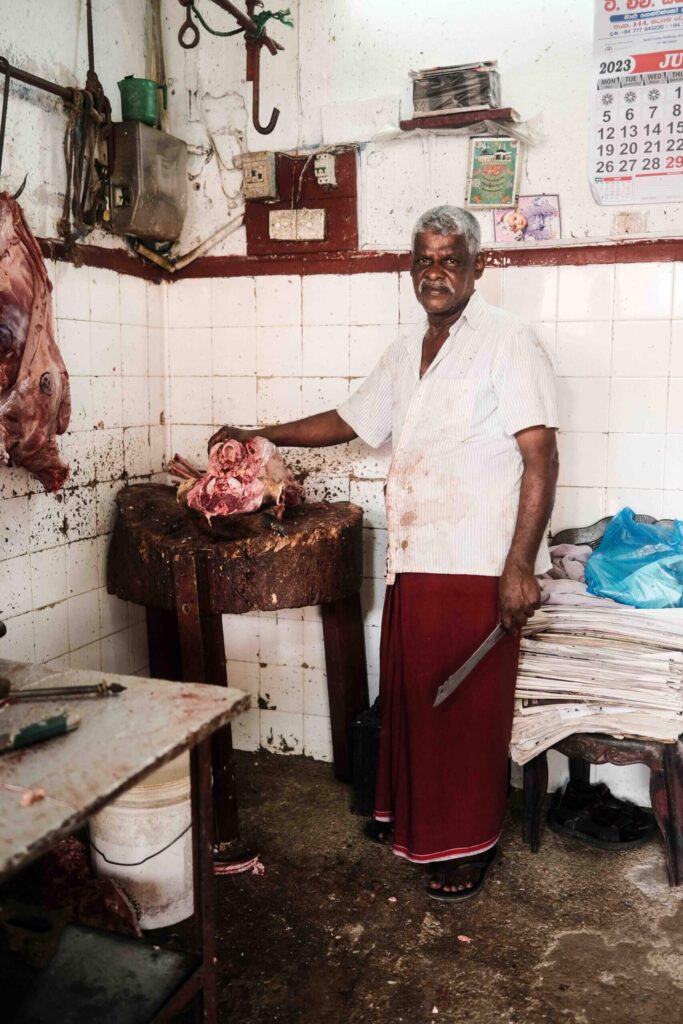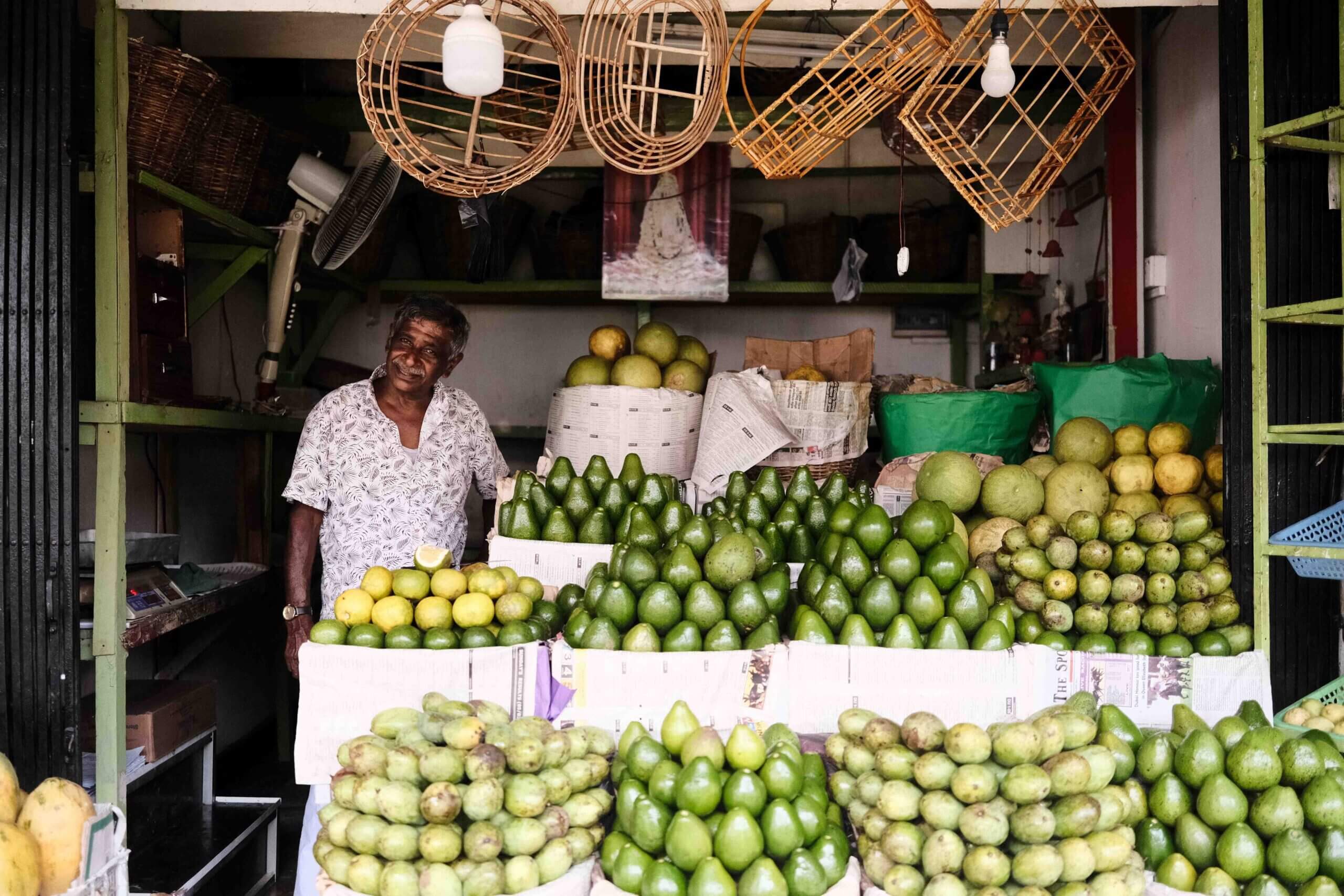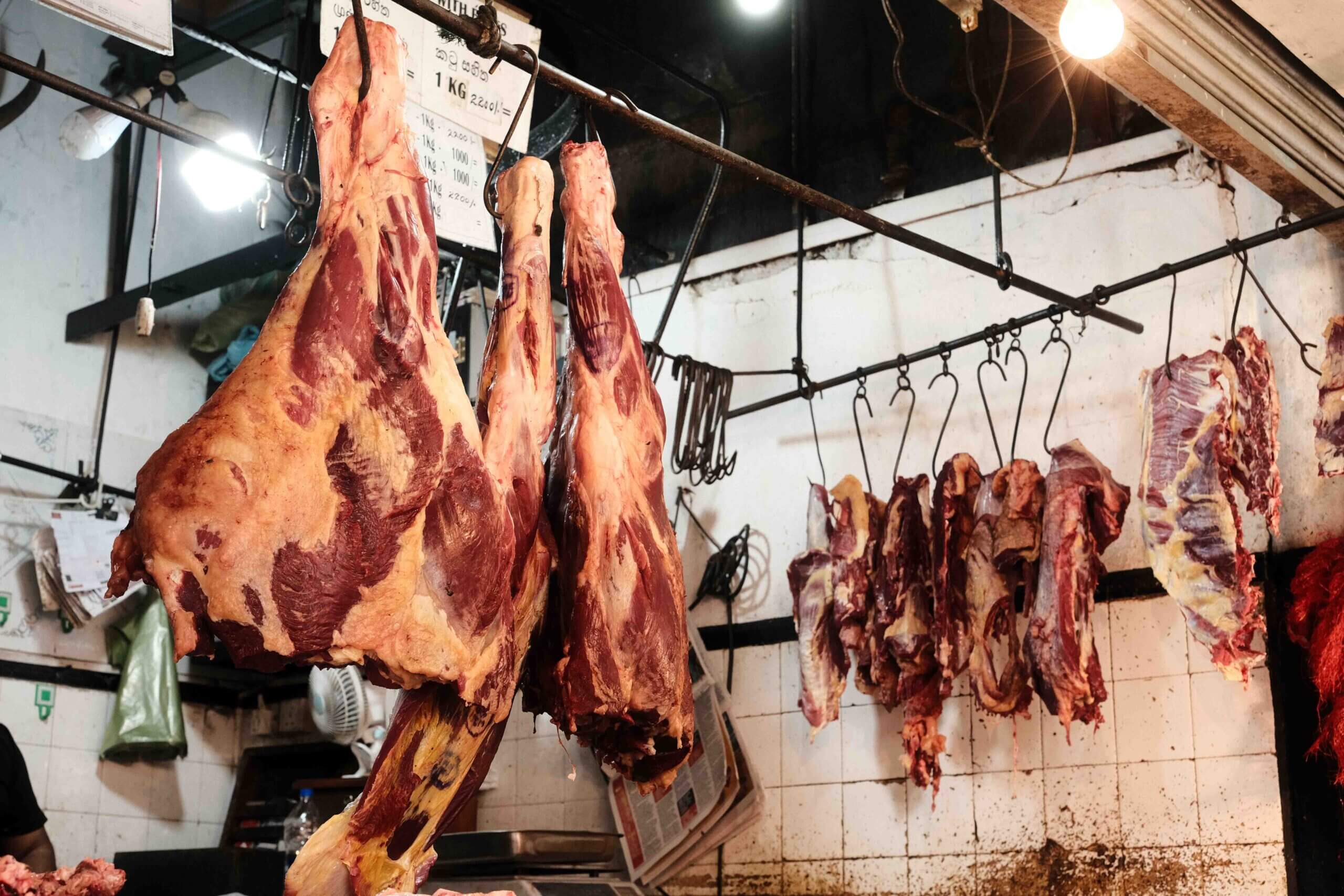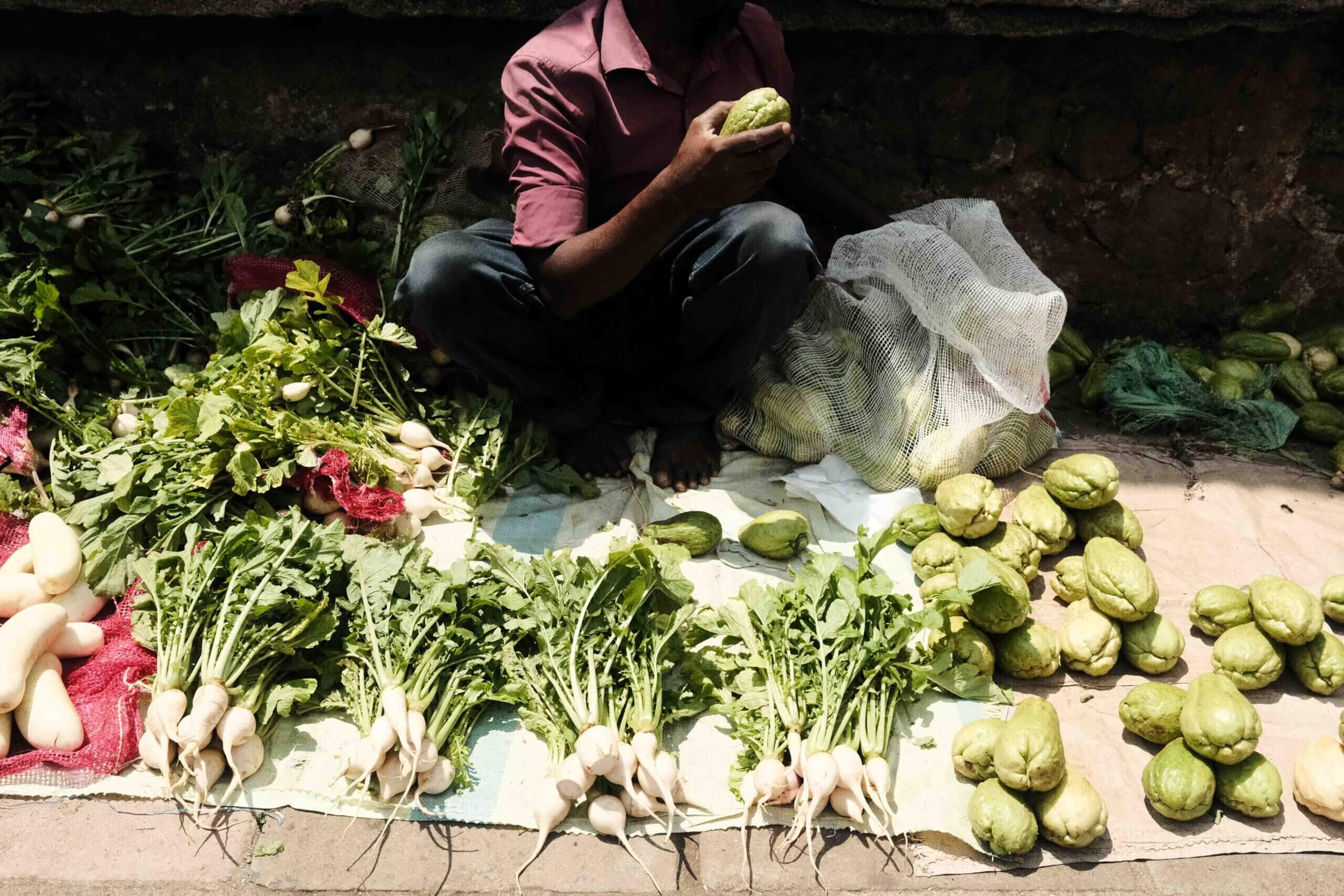After visiting Kandy on three separate occasions, it is time to cover an article on the location. I won’t make any meagre attempts to retain your attention by describing it as a place of natural beauty or wonder. In fact, Kandy fails to stand out with any notable qualities beyond the temple of the tooth. Which supposedly houses a tooth from the Buddha. Or a few colonial relics left in the wake of Britain’s savage occupation of the land. Kandy’s Central Municipal Market.
Here in Kandy, you will find no golden beaches, turtles, or well-lit restaurants to post pictures of overpriced smoothie bowls. Instead, besides the relative attractiveness of its mountainous landscape, it is moderately vanilla. However, there are still many stand-out points of interest. One of these is the town’s ageing Municipal market.
Kandy
Kandy, Located in Sri Lanka’s central province, is one of the country’s major cities. It sits on a plateau amidst surrounding steep green hills, which continue to grow in stature the farther one ventures into the district. It is, to some degree, if you see beyond the choking smock and noise pollution, a somewhat attractive place. Promenading along the bank of its lake or enjoying the view from one of its hilltop guesthouses at sunset were highlights for me.
However, it is unfortunate that as soon as one delves into the lower regions and towards the city centre, all notions of glamour and majesty soon shatter. Indeed, after reaching the main road at the bottom of my hill, I am met with the piercing sound of vehicle horns and thick plumes of black diesel smoke expelled from their ill-maintained engines.
The Market
Opened to the public in 1956, Kandy Municipal Central Market features several square inner sections. Three of these have an open-air courtyard, with the main one containing a somewhat maintained show garden.
The main section also has two floors and a large main door, which opens onto a car park at the front of the building. The design of the building falls in line with architecture from the period but has no outstanding intricacies or details.
The building and its immediate surroundings seperate into three areas selling different categories of products. The first, positioned at the front of the building, takes up the most space and consists of dried foods such as grains, packaged products and spices. The second at the back of the building is a wet market selling butchered meat. And outside is a fresh fruit and vegetable market operating under a collage of multicoloured tarpaulin.
The thick layers of grime coating the walls and shops of the market make it safe to assume the building has not benefited from a good clean since its construction, An unfortunate reality for the several hundred people who rely on this building to purchase their food. Although, after witnessing the eager hands bag up the raw meat only moments after the crows had been helping themselves, I doubt the filth was on the local shoppers radar.
Moreover, as if the congealed crud wasn’t enough to turn one’s stomach, there’s a good chance the packs of diseased-ridden dogs freely roaming the place will do it. And even for those with the most hardened stomachs, the smell will surely do it.
Custom Commerce
Despite the considerable grime and intoxicating aroma, the place is no less fascinating. It is a central hub of commerce for the Kandyan community and draws large crowds from diverse socioeconomic backgrounds.
The busiest area of the market by far is the fresh fruit and veg stalls. Here, it can be challenging to move around and hear anything over the voices of the vendors. Each competing for audio dominance. The vibrant colours of the fruit combined with the battered exteriors of painted buildings and shanty wood stalls make for great photographic subject matter.
Inside the building, the stalls adopt a more traditional appearance as each inhabits a small rectangular space recessed from the main walkways. And I find these stalls fascinating to look at. Because unlike shops in the West that often follow strict branding protocols. Every space has undergone years of ad hoc improvisation from its owners. Meaning no two are ever the same. And each tells a story of its development and use through time.
Conclusion
Visiting any cultural hub is a worthwhile endeavour when visiting a new location. However, due to the level of tourism, it is impossible to achieve a truly authentic experience while walking through the market. It is a place where a white face will typically get more attention than the rest due to the good old tourist tax.
To conclude, I am happy to have spent time here whilst in Kandy. I enjoyed it so much that I visited on several occasions. And if you find yourself in Kandy, I recommend you don’t miss it too. Especially if you want to make cultural and portrait photographs. Just prepare yourself for the repulsive smell from the wet market. There’s a real possibility you might leave the building a vegetarian.
Image Reel < >
All of the images featured on this page use the Kodachrome 200 Fujifilm recipe.
Kandy’s Central Municipal Market story image, Kandy’s Central Municipal Market story image.






